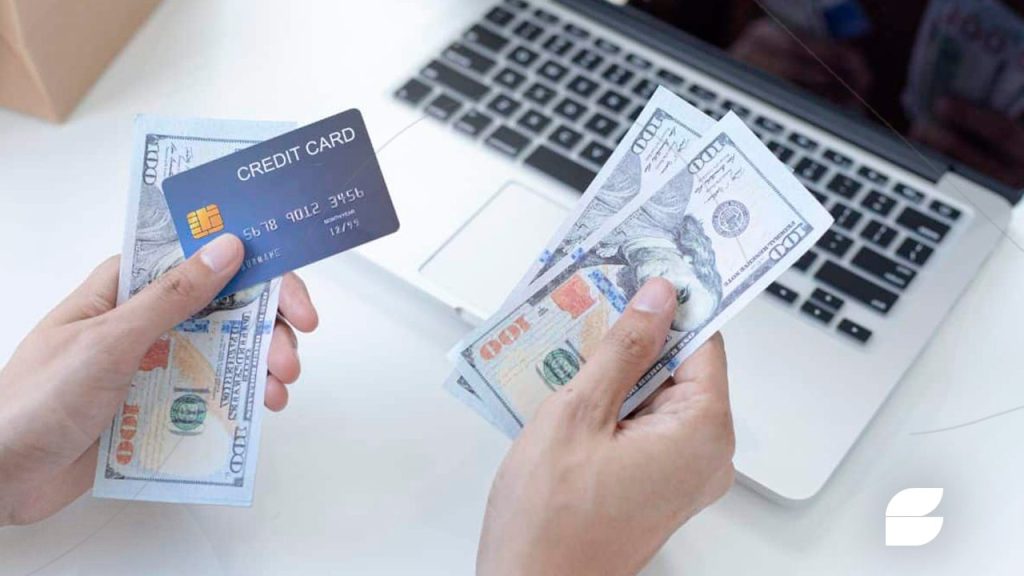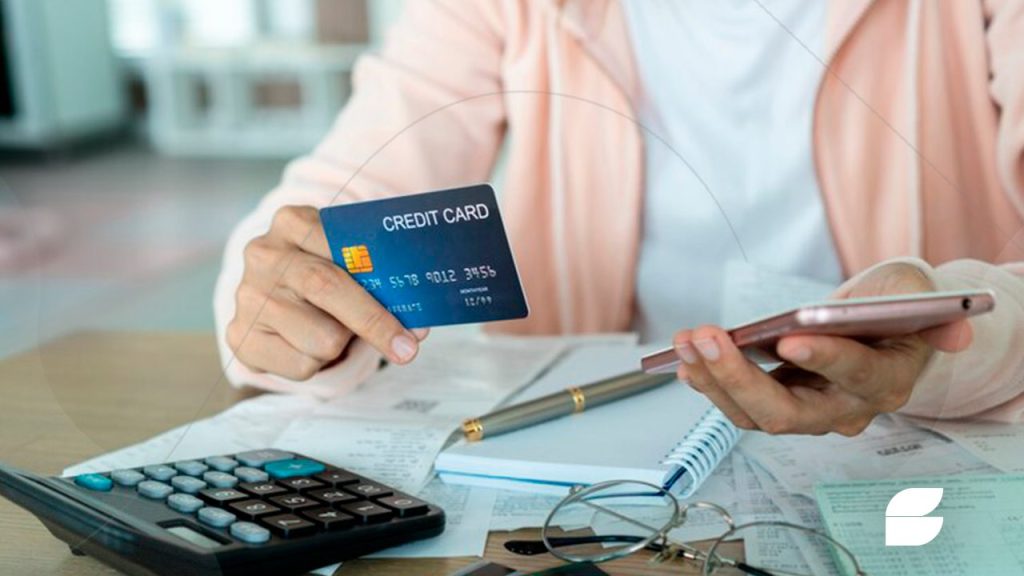Withdrawing money from a credit card can be a useful option when you need quick access to cash. This process, known as a cash advance, allows you to borrow money against your credit card’s credit limit. While convenient, it comes with specific fees, interest rates, and limitations. Before opting for this method, it’s essential to understand how it works and whether it’s the right choice for your financial situation.
In this guide, we’ll explore how you can withdraw money from a credit card, the associated costs, and alternatives to consider.
How Does a Credit Card Cash Advance Work?
A cash advance is essentially a loan from your credit card issuer. Unlike regular credit card purchases, cash advances start accruing interest immediately, usually at a higher rate than your card’s purchase APR. Additionally, cash advances often come with transaction fees, making them a costly option for withdrawing cash.
To withdraw money, you typically have three options:
- ATM Withdrawal: Most credit cards allow you to withdraw cash from an ATM using your card’s PIN.
- Bank Withdrawal: You can also visit your credit card issuer’s bank or a participating branch to request a cash advance in person.
- Convenience Checks: Some issuers provide convenience checks, which function like personal checks but are linked to your credit card account.
Steps to Withdraw Money from a Credit Card

1. Check Your Cash Advance Limit
Before attempting to withdraw money, review your credit card’s terms to understand your cash advance limit. This limit is usually lower than your overall credit limit and varies depending on your card issuer. You can find this information on your online account or monthly statement.
2. Ensure You Have a PIN
If you plan to withdraw money from an ATM, you’ll need a personal identification number (PIN). This is not the same as the PIN for debit cards. If you don’t already have a PIN, you can request one from your card issuer, either through online banking or by contacting customer service.
3. Visit an ATM or Bank
Once you’ve confirmed your cash advance limit and obtained your PIN, visit an ATM to withdraw money. Insert your card, enter your PIN, and select the cash advance option. Be sure to check for any ATM fees, as using a machine outside your issuer’s network can lead to additional charges. Alternatively, you can go to a bank and present your card along with identification to request a cash advance.
4. Understand the Fees and Interest Rates
Cash advances come with two main costs:
- Cash Advance Fee: Most credit card companies charge a fee for cash advances, typically around 3% to 5% of the total amount withdrawn. This fee is added to your overall balance.
- Higher Interest Rate: Unlike regular purchases, cash advances often carry a higher interest rate. Additionally, interest starts accruing immediately after the transaction, with no grace period.
Costs of Withdrawing Money from a Credit Card
While cash advances provide a quick way to access funds, the costs can add up quickly:
- Immediate Interest Accrual: Interest on cash advances begins accruing right away, unlike the grace period you typically enjoy with purchases. This means the longer you wait to pay off the balance, the more interest you’ll owe.
- Higher APR: The APR for cash advances is often higher than for purchases. Depending on your credit card, this could range from 20% to 30% or more.
- Additional Fees: Some ATMs charge withdrawal fees on top of the cash advance fee from your credit card issuer. These fees can range from $2 to $5 per transaction.
Alternatives to Withdrawing Money from a Credit Card
If you need cash but want to avoid the high costs of a credit card cash advance, consider the following alternatives:
- Personal Loan: A personal loan from a bank or online lender may offer a lower interest rate compared to a cash advance.
- Debit Card Overdraft: If you have overdraft protection on your checking account, using a debit card may provide access to cash at a lower cost than a credit card cash advance.
- Borrow from Family or Friends: This is a cost-effective way to get cash quickly, as it avoids fees and interest altogether. However, make sure to have clear repayment terms to avoid any misunderstandings.
Risks and Considerations

Withdrawing money from a credit card should be done with caution. The combination of fees, high interest rates, and immediate accrual of interest makes it an expensive way to access cash. If you don’t repay the cash advance promptly, your debt can spiral out of control, leading to a negative impact on your credit score.
Additionally, taking out frequent cash advances can signal financial instability to creditors, which could hurt your chances of qualifying for future loans or lower interest rates.
Conclusion
Withdrawing money from a credit card, while convenient, is an expensive option due to high fees and interest rates. Before opting for a cash advance, review your credit card’s terms and consider alternative methods for accessing cash. Whether through a personal loan, debit card, or other resources, there are often better ways to manage your cash flow.
If a cash advance is your only option, ensure you have a repayment plan in place to minimize interest charges and avoid long-term financial strain. Understanding the full scope of fees and risks involved is key to making an informed decision when withdrawing money from your credit card.


